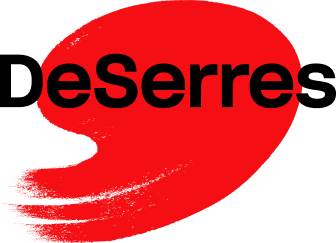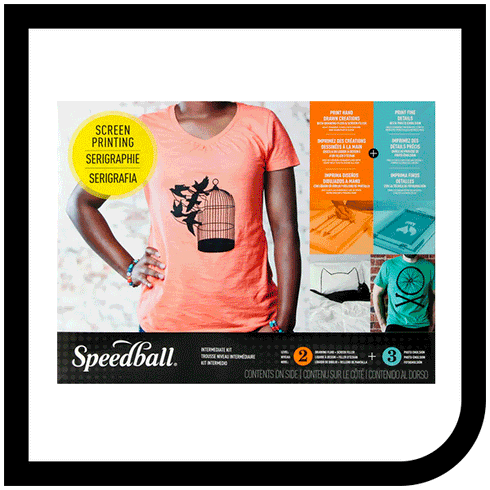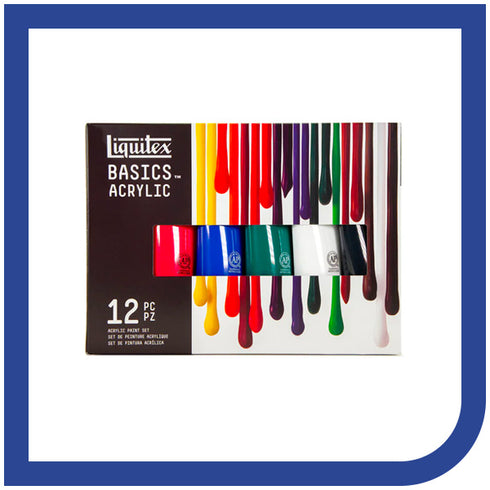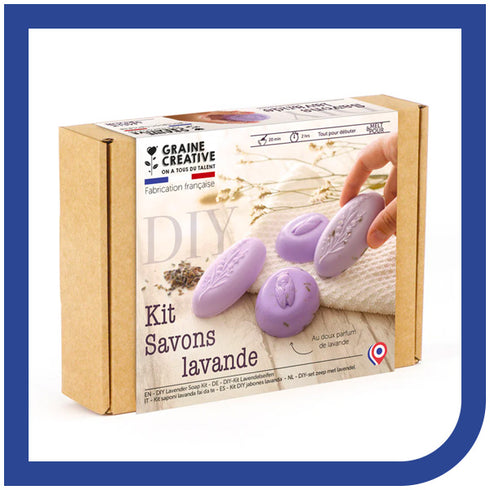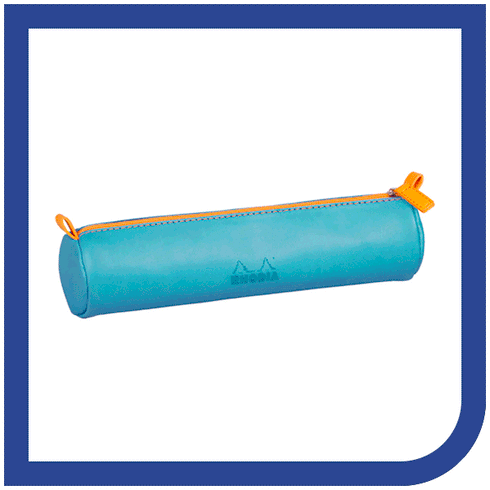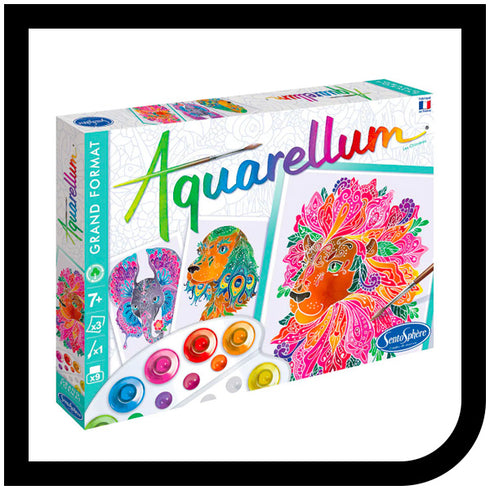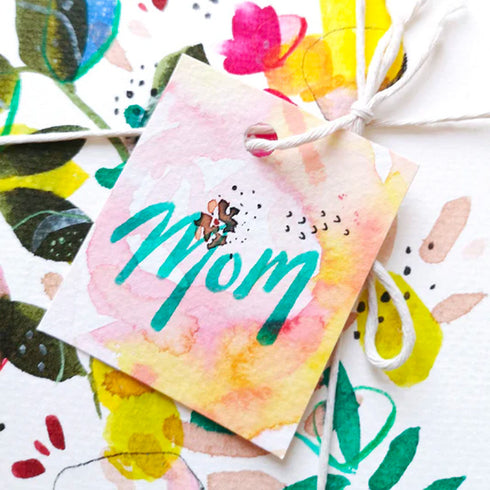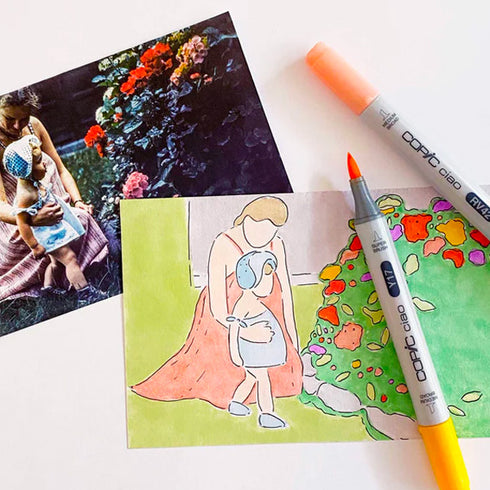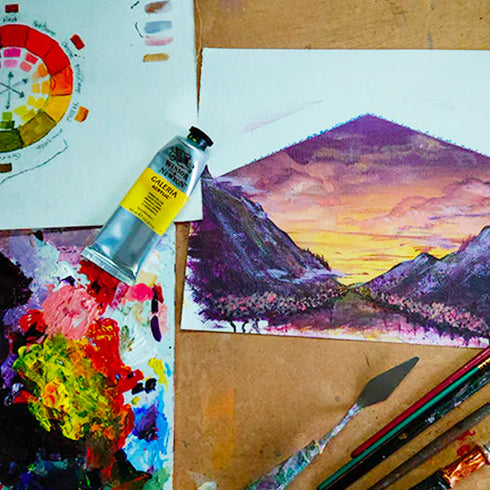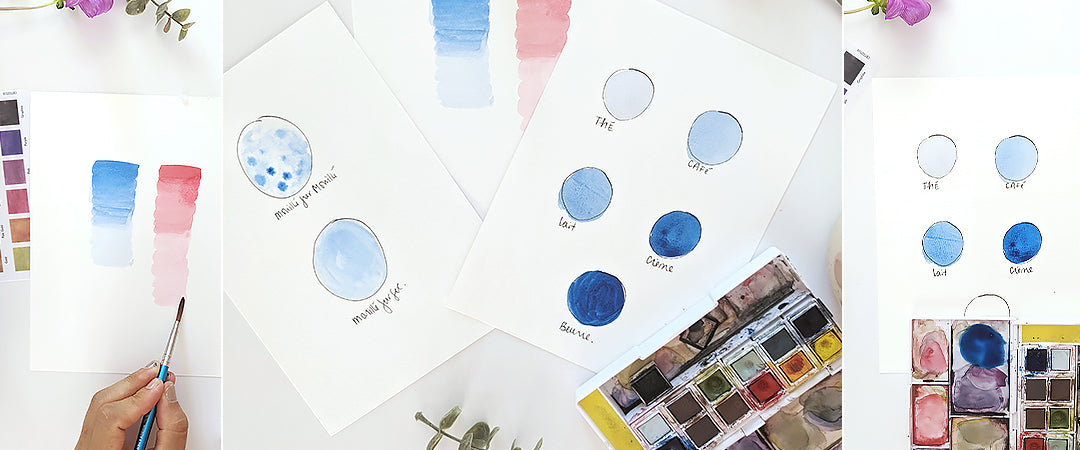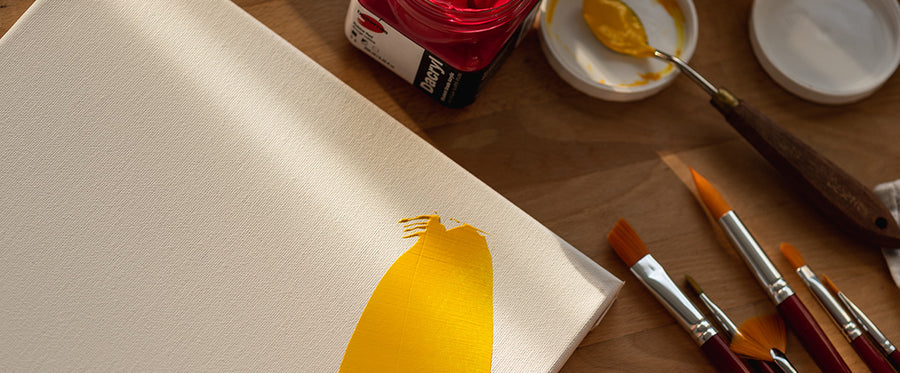Watercolour painting isn't easy. Unlike oil, the water and paint dry quickly, which does not allow the possibility of reworking the subject several times. Yet, watercolour art is so magical.
So, where to start if one wishes to improve their skills? If you've ever asked yourself that question, our ambassador Lysa Jordan shares three simple exercises to help you do just that.
Grab your brushes!
Exercise 1 - Improving your water ratio
This exercise helps you improve your water ratio by exploring five different consistencies commonly found in the kitchen: tea, coffee, milk, cream and butter.
Step 1: Draw your circles
Draw five circles on a piece of paper. Then identify the circles: 1. tea, 2. coffee, 3. milk, 4. cream and 5. butter

Step 2: Fill in your circles
For this step, use only one colour.
Tea consistency : To achieve this consistency, you need a lot of water and very little pigment. Simply create a small puddle of water in your palette and add a little pigment. The colour should be very liquid and transparent, like tea.
Coffee consistency : To achieve this consistency, take the tea puddle and add a little pigment. You’ll still have a nice transparency, but the colour will be a bit more intense.
Milk consistency : To achieve this consistency, take the coffee puddle and add a little pigment. You’ll still have some transparency, but the colour will be more opaque than coffee and less liquid too.

Cream consistency : To achieve this consistency, take the milk puddle and add a little pigment. You’ll get a more pigmented and less transparent consistency.

Butter consistency : To achieve this consistency, take the cream puddle and add a little pigment. The consistency should be like butter, with very little water and a lot of pigment. The result is opaque.

Exercise 2 - Two basic techniques
This exercise explores two essential watercolour techniques: wet on wet and wet on dry.
The wet on wet technique consists of painting with watercolours on an already wet area. This gives vague and blurred results.
The wet on dry technique involves using a wet brush with colour on dry paper. To layer, simply apply a thin layer of colour over an already dry colour.
Exercise 3 - Creating a wash
Step 1: Start at the top of your shape by creating a strip of fairly wet, pigment-rich paint.
Step 2: Pull a drop of paint from your strip and continue.
Step 3: Rinse your brush to make the next strips and work your way down. 


